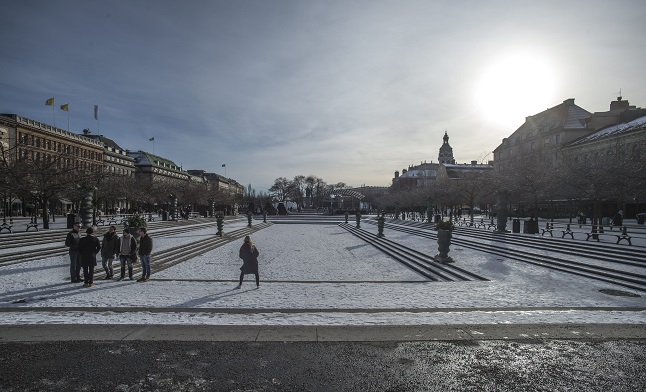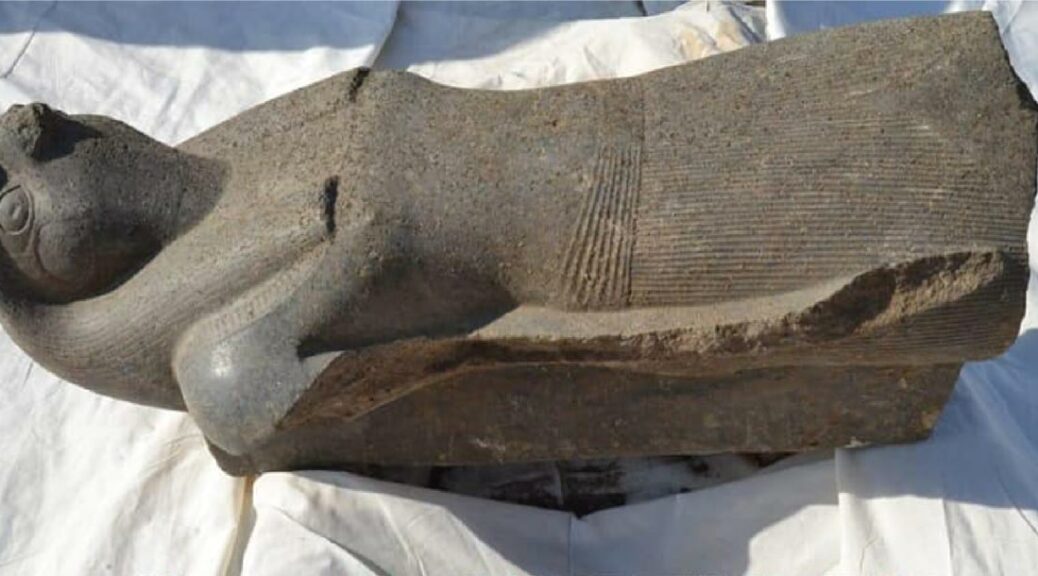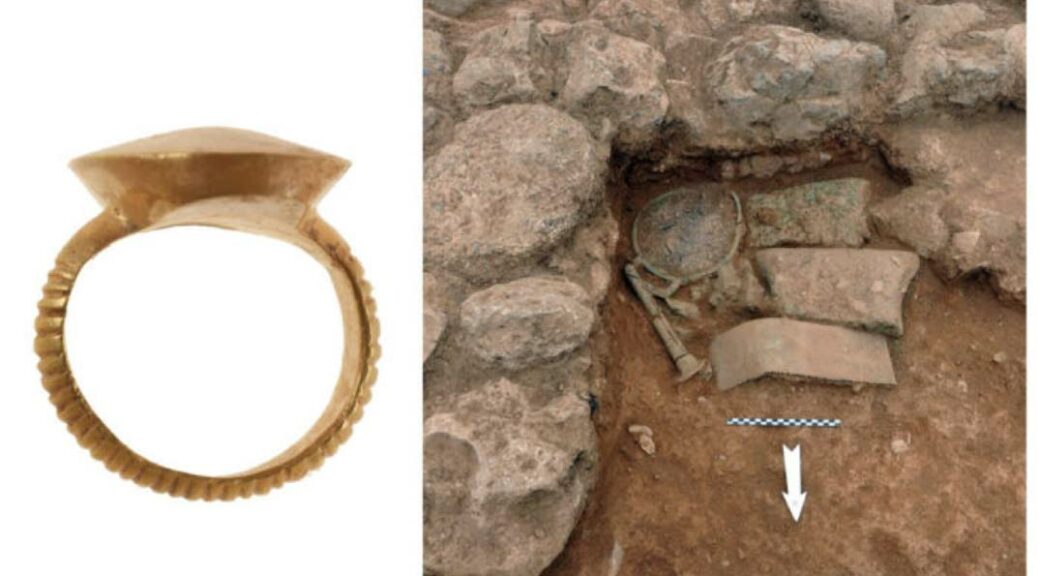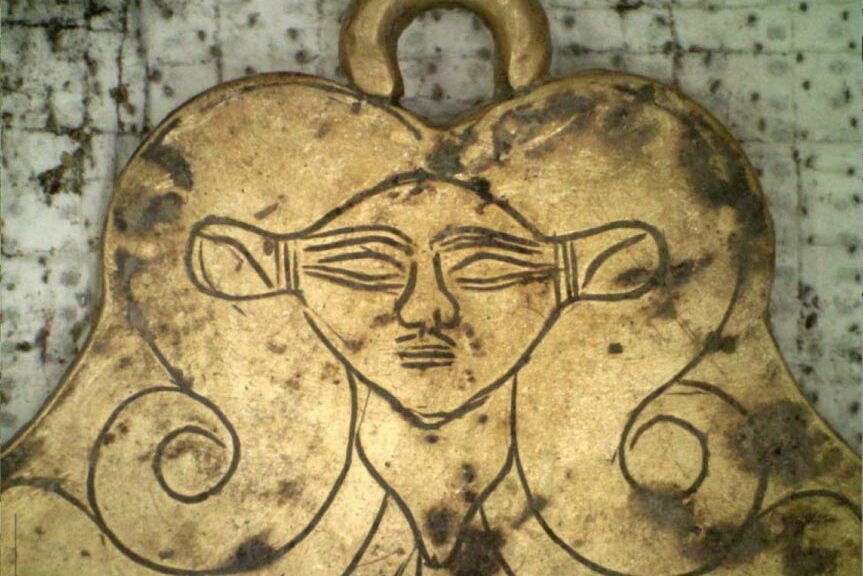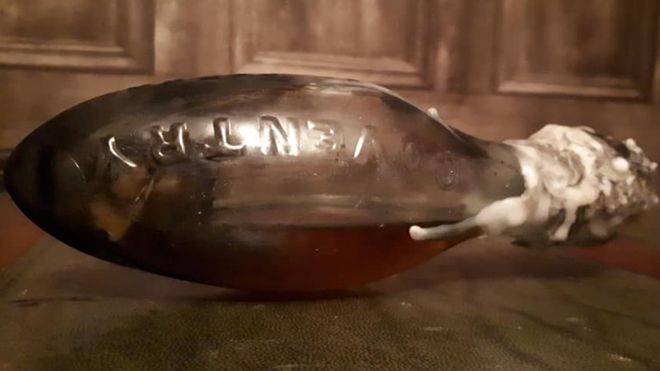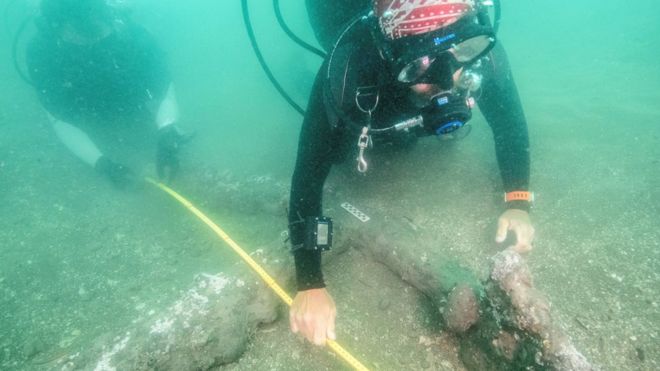Scientists identify 5,300-year-old sinew bowstring used by Otzi the Iceman
Swiss researchers are astounded to have identified Ötzi’s bowstring. Even though the Iceman had still been working on his bow, he carried a finished twisted string in his quiver which was made of animal fibers and not of plant fibers. It is elastic, extremely resilient, and is therefore ideal as a bowstring.
A length of cord found alongside the body of Ötzi the Iceman, the Neolithic hunter who was discovered entombed in ice high in the Dolomites, has been identified as a string for his wooden bow.
An extensive research project was carried out by the Swiss National Science Foundation (SNSF) which examined materials of Neolithic bows and arrows in detail for the first time. These were then compared to Ötzi’s equipment.
The cord, which was found tucked into a quiver used by the 5,300-year-old Iceman for keeping his arrows, is made of animal sinew – ideal material for producing a strong, powerful bow.
It is two meters long, almost exactly the same length as the bow that was found beside the mummified body of the hunter when he was discovered by a pair of hikers on the Schnalstal glacier in 1991.
“We had long hoped (for this) and now it has finally been confirmed by science: the cord in Ötzi’s quiver is indeed a bowstring and it fits his bow perfectly,” the South Tyrol Museum of Archeology, where the mummified body of the Neolithic tribesman is kept in a climate-controlled chamber, said in a statement.

It was previously thought the cord was made of plant material, but plant fibers “would not have withstood the tension of the bow and as such wouldn’t have been suitable for a bowstring,” said experts from the museum in Bolzano, in the German-speaking north of Italy.
The bowstring has been declared the oldest known and best preserved in the world.
The scientists from the Swiss National Science Foundation also discovered that the Copper Age hunter’s bow had been freshly-cut from a yew tree. It was not yet finished – they found marks left by a hatchet which would have been used to whittle and shape the wood.

“While arrows and arrowheads are relatively common finds worldwide, complete sets of hunting equipment consisting of bows, arrows, and sometimes even quivers are extremely rare and are only known from glacier finds of the Alpine arc,” the scientific team said.
“Prehistoric bowstrings are among the rarest of all finds in archaeological excavations. “The cord contained in Ötzi’s quiver may be the oldest preserved bowstring in the world,” said the experts, who published their research in the Journal of Neolithic Archeology.
They found that the hunter’s quiver was stitched from the skin of a chamois. A flap of leather protected the interior of the quiver, which held 14 arrows when Ötzi died.
“If required, it could be opened very quickly and an arrow could be pulled out with a single motion of the arm,” the scientists said. The discovery of Ötzi, in a 3,210m high mountain pass on the border of Austria and Italy, caused a sensation.
Intensive analysis of his weapons, clothes, and body – older than Stonehenge and the Pyramids – have added immeasurably to the understanding of the Neolithic age.
Ötzi died after being struck in the back by an arrow, sparking a long-running mystery as to who may have wanted to kill him and why – the ultimate cold case.
His body and belongings were superbly preserved by the snow and ice of the mountains. He is thought to have been about 45 when he was murdered – a good age for the era.

